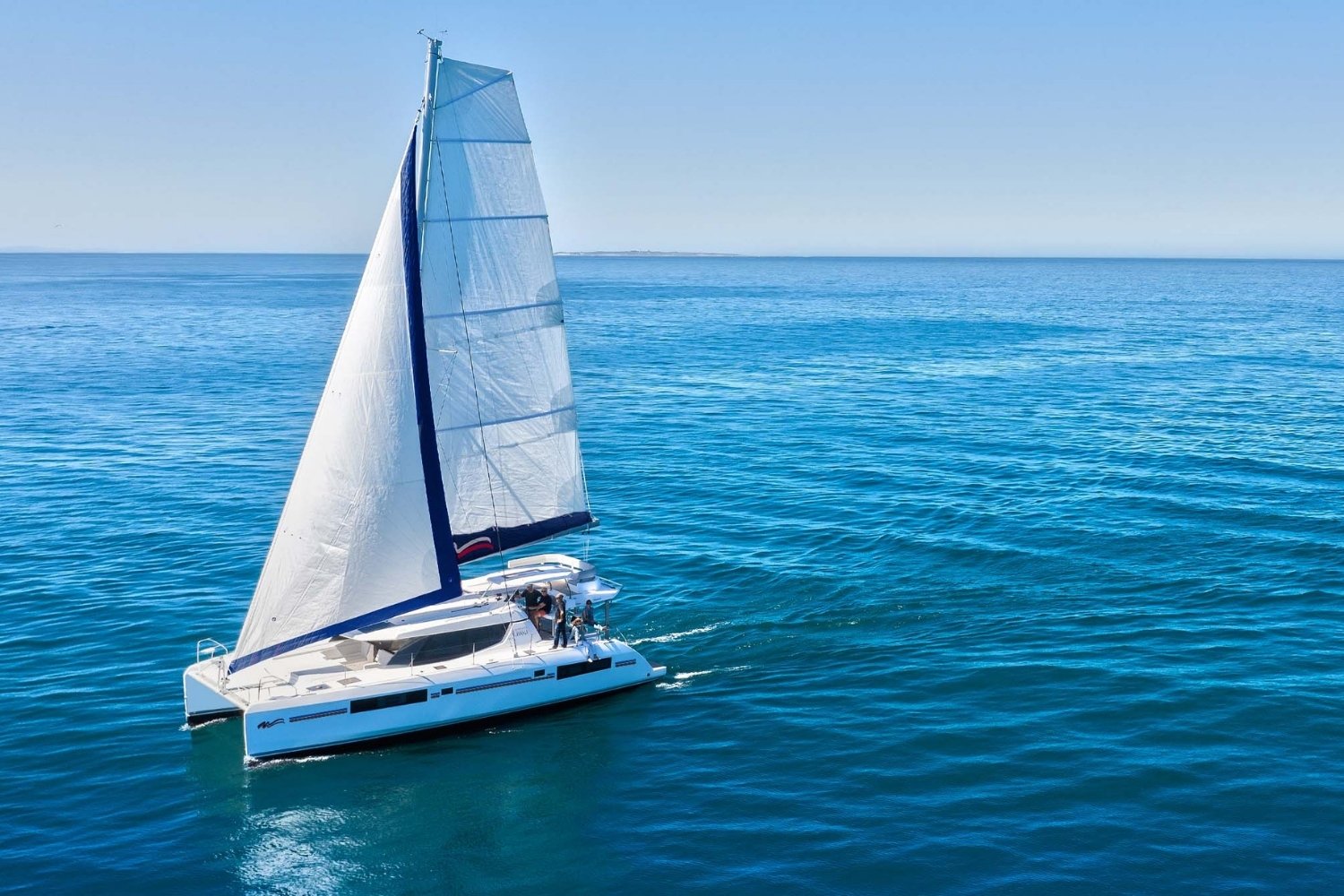
What are moorings? Moorings are structures or devices used to anchor boats, ships, or other floating objects to a fixed point in the water. They provide stability and prevent vessels from drifting due to wind, currents, or tides. Why are moorings important? They ensure the safety of vessels, protect marine environments from damage caused by anchors, and help manage crowded waterways. Types of moorings include permanent moorings like buoys and docks, as well as temporary ones such as anchors. How do moorings work? They typically involve a combination of anchors, chains, and ropes to secure a vessel in place. Understanding moorings is essential for anyone involved in boating or maritime activities.
What Are Moorings?
Moorings are essential for securing boats and ships. They keep vessels in place, preventing them from drifting away due to wind or currents. Here are some interesting facts about moorings.
-
Moorings can be permanent or temporary. Permanent moorings are fixed installations, while temporary ones are used for short-term anchoring.
-
The word "mooring" comes from the Old English word "morgan," which means to secure or fasten.
-
Moorings are often used in marinas, harbors, and docks to provide safe and secure places for boats to stay.
-
There are different types of moorings, including buoy moorings, pile moorings, and dock moorings.
Types of Moorings
Different types of moorings serve various purposes. Each type has its unique features and benefits.
-
Buoy moorings use a floating buoy attached to the seabed with a chain or rope. Boats tie up to the buoy, keeping them secure.
-
Pile moorings involve driving long poles, or piles, into the seabed. Boats are then tied to these piles.
-
Dock moorings are used when boats are secured directly to a dock or pier using ropes or lines.
-
Swing moorings allow boats to move around a central anchor point, giving them some freedom to move with the tide and wind.
How Moorings Work
Understanding how moorings work can help appreciate their importance in maritime activities.
-
Moorings use anchors, chains, and ropes to secure boats. The anchor holds the boat in place, while the chain and rope connect the boat to the anchor.
-
The weight of the anchor and the tension in the chain or rope keep the boat from drifting away.
-
Moorings are designed to withstand various weather conditions, including strong winds and currents.
-
Regular maintenance of moorings is crucial to ensure their effectiveness and safety.
Environmental Impact of Moorings
Moorings can have both positive and negative effects on the environment.
-
Traditional moorings can damage the seabed and marine life due to the dragging of chains and anchors.
-
Eco-friendly moorings, also known as environmentally friendly moorings, are designed to minimize damage to the seabed. They use flexible materials and innovative designs to reduce their impact.
-
Some moorings help protect marine habitats by preventing boats from anchoring directly on sensitive areas like coral reefs.
Historical Facts About Moorings
Moorings have been used for centuries, evolving over time to meet the needs of sailors and boaters.
-
Ancient Egyptians used simple mooring techniques to secure their boats along the Nile River.
-
The Romans developed more advanced mooring systems, including the use of large stones and wooden stakes.
-
In medieval times, moorings became more sophisticated, with the introduction of iron anchors and stronger ropes.
-
Modern moorings benefit from advanced materials like stainless steel and synthetic ropes, making them more durable and reliable.
Interesting Uses of Moorings
Moorings are not just for boats. They have various other applications as well.
-
Floating docks use moorings to stay in place, providing stable platforms for various activities.
-
Offshore wind farms use moorings to anchor turbines to the seabed, ensuring they remain stable and operational.
-
Fish farms use moorings to keep their nets and cages in place, protecting the fish from drifting away.
-
Research buoys, used for scientific studies, rely on moorings to stay in specific locations for data collection.
Fun Facts About Moorings
Here are some fun and lesser-known facts about moorings that might surprise you.
-
Some moorings are designed to break away in extreme conditions, preventing damage to boats and the mooring system itself.
-
Moorings can be made from various materials, including concrete, steel, and even recycled plastic.
-
In some coastal communities, mooring rights are passed down through generations, becoming a valuable family asset.
Moorings: A Quick Recap
Moorings play a crucial role in maritime activities, ensuring boats and ships stay securely anchored. They come in various types, including permanent moorings, temporary moorings, and mooring buoys, each serving different purposes. Materials used range from steel to nylon, chosen based on the specific needs of the vessel and environment. Proper maintenance is essential to prevent wear and tear, ensuring safety and longevity.
Understanding the basics of moorings helps in making informed decisions, whether you're a seasoned sailor or a novice. From the different types to the materials used, each aspect contributes to the overall effectiveness of a mooring system. So next time you're out on the water, you'll have a better grasp of what keeps your vessel secure. Happy sailing!
Was this page helpful?
Our commitment to delivering trustworthy and engaging content is at the heart of what we do. Each fact on our site is contributed by real users like you, bringing a wealth of diverse insights and information. To ensure the highest standards of accuracy and reliability, our dedicated editors meticulously review each submission. This process guarantees that the facts we share are not only fascinating but also credible. Trust in our commitment to quality and authenticity as you explore and learn with us.
